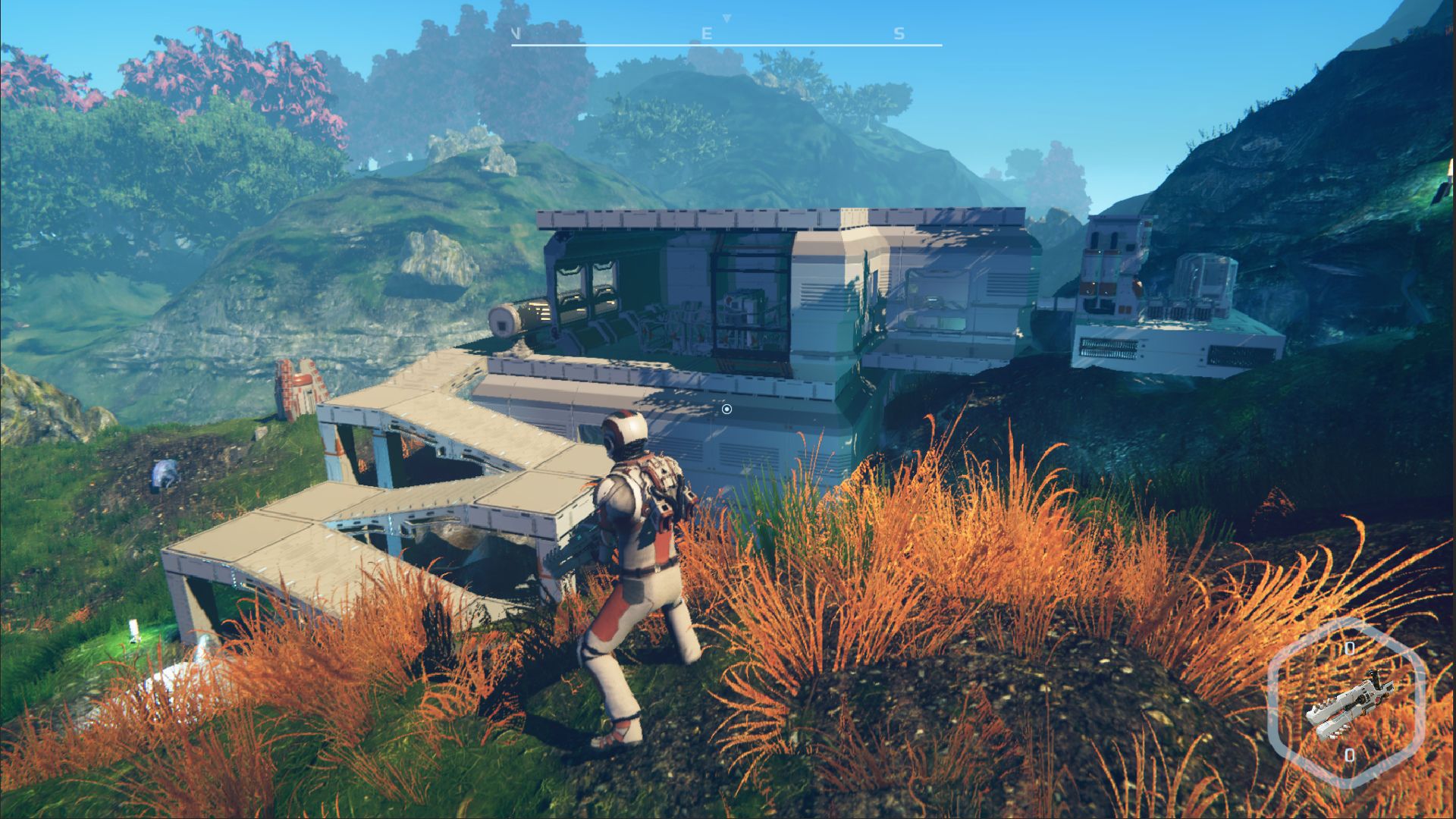
Interstellar planets generate little heat and are not heated by a star. Warmth Īrtist's impression of a rogue planet by A. They are found in the OB association between Upper Scorpius and Ophiuchus with masses between 4 and 13 M J and age around 3 to 10 million years, and were most likely formed by either gravitational collapse of gas clouds, or formation in a protoplanetary disk followed by ejection due to dynamical instabilities. In December 2021, the largest ever group of rogue planets was discovered, numbering at least 70 and up to 170 depending on the assumed age.
#Planet nomads space free
In September 2020, astronomers using microlensing techniques reported the detection, for the first time, of an Earth-mass rogue planet (named OGLE-201) unbound to any star and free floating in the Milky Way galaxy. Nearby rogue planet candidates include WISE 0855−0714 at a distance of 7.27 ☐.13 light-years. A 2017 study by Przemek Mróz of Warsaw University Observatory and colleagues, with six times larger statistics than the 2011 study, indicates an upper limit on Jupiter-mass free-floating or wide-orbit planets of 0.25 planets per main-sequence star in the Milky Way. One study suggested a much larger number, up to 100,000 times more rogue planets than stars in the Milky Way, though this study encompassed hypothetical objects much smaller than Jupiter. The researchers estimated from their observations that there are nearly two Jupiter-mass rogue planets for every star in the Milky Way. They found 474 incidents of microlensing, ten of which were brief enough to be planets of around Jupiter's size with no associated star in the immediate vicinity.

They observed 50 million stars in the Milky Way by using the 1.8-metre (5 ft 11 in) MOA-II telescope at New Zealand's Mount John Observatory and the 1.3-metre (4 ft 3 in) University of Warsaw telescope at Chile's Las Campanas Observatory. Observation ġ15 potential rogue planets in the region between Upper Scorpius and Ophiuchus (2021)Īstrophysicist Takahiro Sumi of Osaka University in Japan and colleagues, who form the Microlensing Observations in Astrophysics and the Optical Gravitational Lensing Experiment collaborations, published their study of microlensing in 2011. In October 2020, OGLE-201, an Earth-mass rogue planet, was discovered. In December 2013, a candidate exomoon of a rogue planet ( MOA-2011-BLG-262) was announced. Spectroscopic observations of OTS 44 with the SINFONI spectrograph at the Very Large Telescope have revealed that the disk is actively accreting matter, similar to the disks of young stars. Herschel far-infrared observations have shown that OTS 44 is surrounded by a disk of at least 10 Earth masses and thus could eventually form a mini planetary system. Īstronomers have used the Herschel Space Observatory and the Very Large Telescope to observe a very young free-floating planetary-mass object, OTS 44, and demonstrate that the processes characterizing the canonical star-like mode of formation apply to isolated objects down to a few Jupiter masses.

A possible example is Cha 110913−773444, which may have been ejected and become a rogue planet, or formed on its own to become a sub-brown dwarf. Some planetary-mass objects may have formed in a similar way to stars, and the International Astronomical Union has proposed that such objects be called sub-brown dwarfs. The Milky Way alone may have billions to trillions of rogue planets, a range the upcoming Nancy Grace Roman Space Telescope will likely be able to narrow down. They can also form on their own, outside a planetary system. Rogue planets originate from planetary systems in which they are formed and later ejected. This video shows an artist's impression of the free-floating planet CFBDSIR J214947.2-040308.9.Ī rogue planet (also termed a free-floating planet (FFP), interstellar, nomad, orphan, starless, unbound or wandering planet) is an interstellar object of planetary mass which is not gravitationally bound to any star or brown dwarf.


 0 kommentar(er)
0 kommentar(er)
